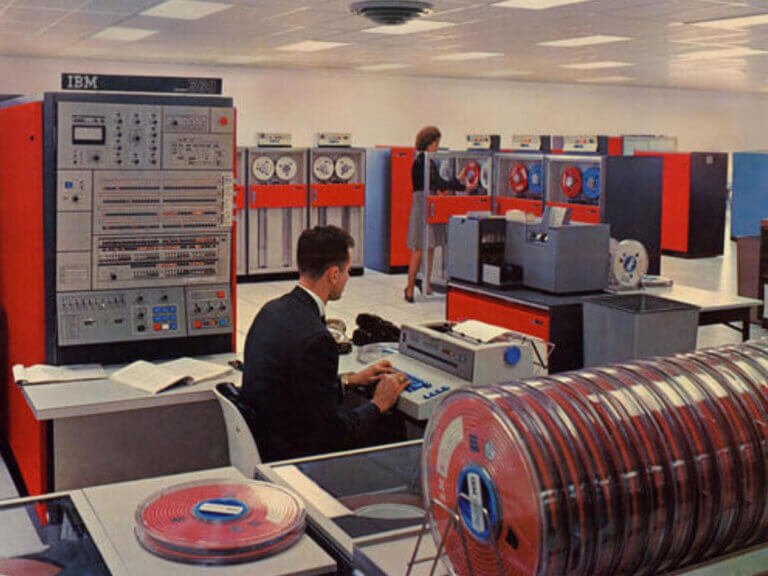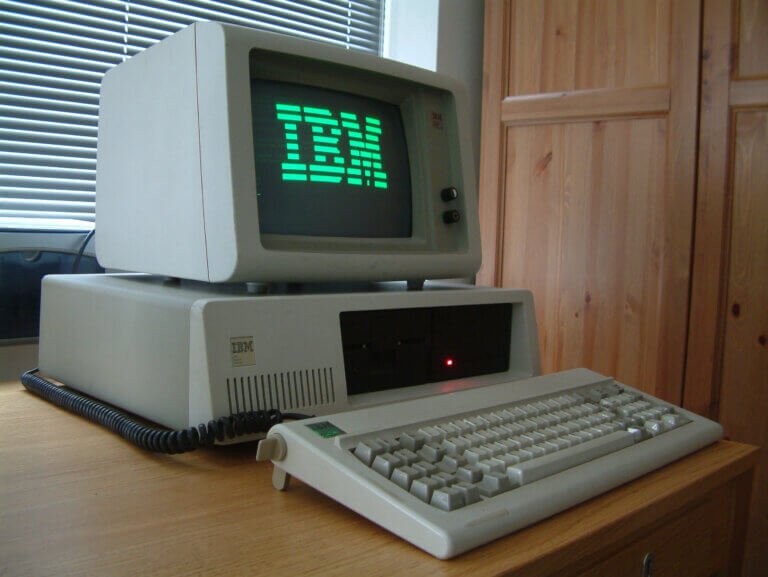I was thinking of what P could be for and found an old joke I heard online many years ago when a user couldn’t type their password correctly, it turned out they had pressed the caps lock key and was typing their password in reverse case. P is for PEBCAK error or Problem Exists Between the Chair And the Keyboard.
It’s not something you would record in a trouble ticket or anywhere a customer might see it, even though it is a light-hearted joke at their expense.
P is for PC or Personal Computer.

Computers
Before computers were a physical device and for some time during that time a computer was a person who did a set of tasks for a company. The user of the computer was called the computer. Later, these tasks would be passed on to the secretary.
Before the war, a secretary was a man but after World War 2, the role became predominantly female.
Computers of the 1960s era comprised of very large mainframe computers and mini computers (so called because they didn’t take up the whole room, unlike mainframes) and were accessed through terminals (often referred to as dumb terminals because they consisted of just a keyboard and a VDU – visual display unit aka a screen instead of being a computer in it’s own right)

Personal Computers
As technology improved, the need for big computers waned and smaller computers became common and the age of the PC or personal computer had started.
For some years different companies had created incompatible products that they called the PC but it was in 1981, IBM created their PC which sold to businesses because it was more versatile than the incompatible products and backed by such a big name in mainframe and minicomputer manufacturing gave it a head start.
IBM had a distinct advantage through a small software company at the time called Microsoft which had acquired DOS, which was easier to use than Unix and far more compatible than CP/M because it ran on all the computers the same way.
As computers improved in speed and improved in quality, the introduction of colour and the mouse from Xerox’s PARC (Palo Alto Research Centre) which also brought us the graphical interface which was the basis of both MacOS and Windows began a revolution in standardisation of keyboard shortcuts and mouse gestures into what we have today.
These days computers are everywhere, but we still call them PCs because of IBM, even though they got out of the computer market years ago.


